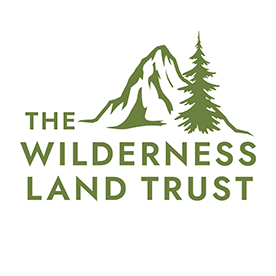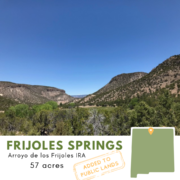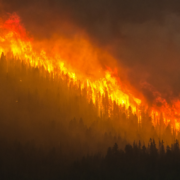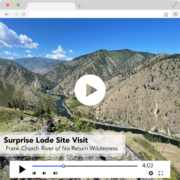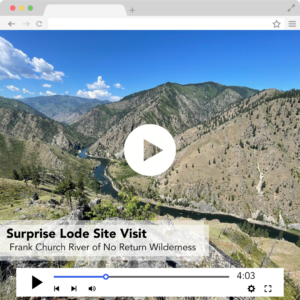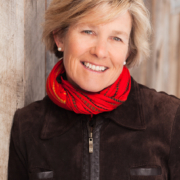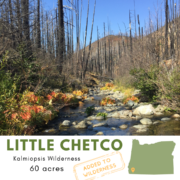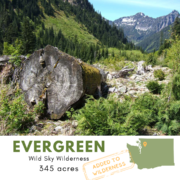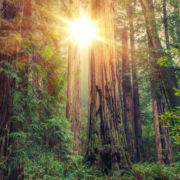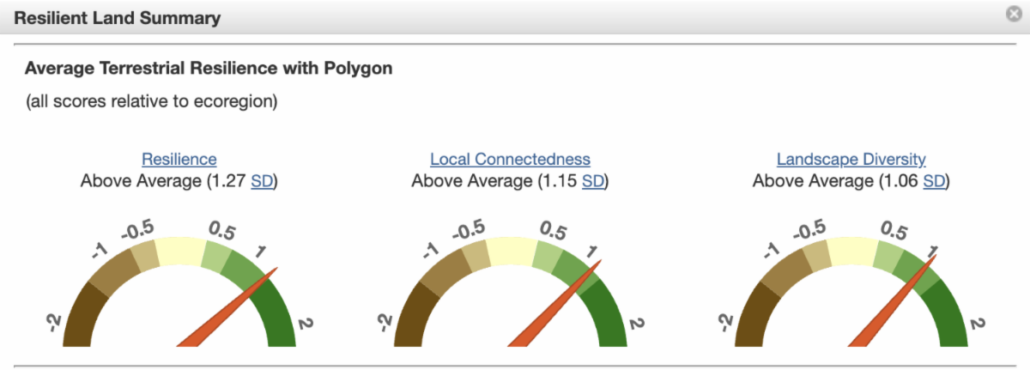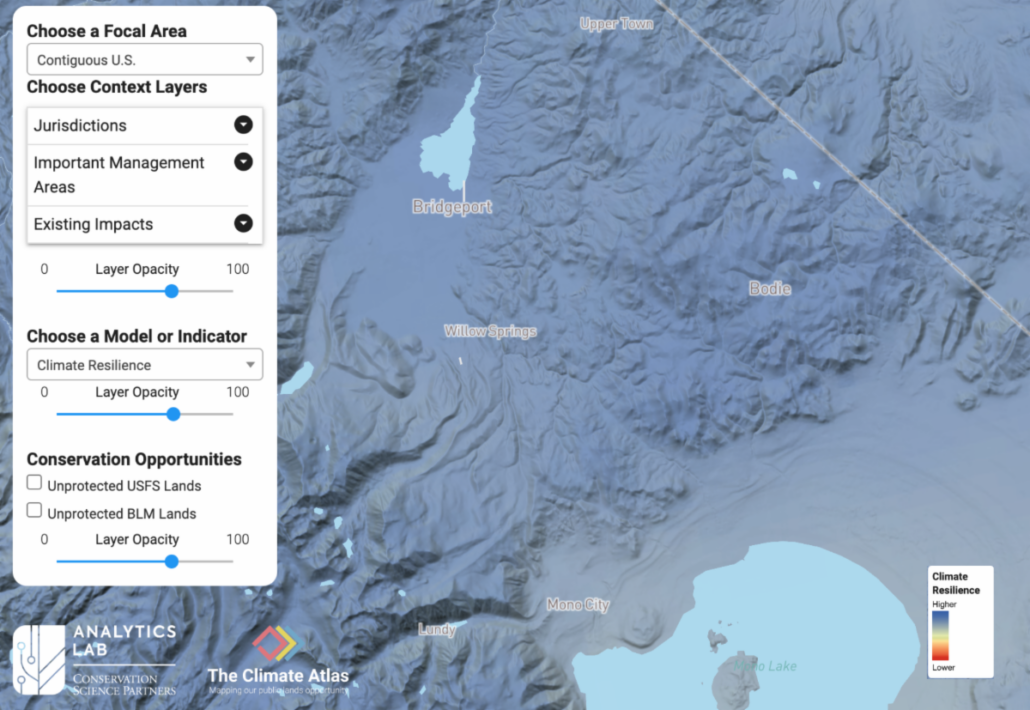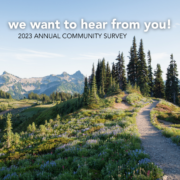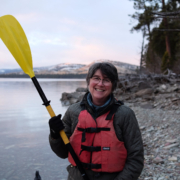Santa Fe National Forest grows with 57 acres of wildlands, thanks to Karl’s legacy
July 28, 2023- An hour’s drive northwest of Santa Fe, New Mexico, the small town of Abiquiu— population 150— is best known as the home of artist Georgia O’Keeffe and the landscapes she painted. For locals, and those who have visited, it’s also known for another attraction: Bode’s Mercantile. Mention Abiquiu in conversation and chances are the response will be “Make sure you stop at Bode’s for a breakfast burrito” (a note from the writer: I did happen to stop there this year while visiting family for the holidays, and the burritos are, in fact, that good). First founded in 1890, then bought by Martin Bode in 1919, and passed down to his son Karl in the 1950s, the Mercantile is a center of northern New Mexico community. Karl, who could be found there nearly every day for over 40 years, was equally iconic. His 2019 obituary remembers “Karl was a Northern New Mexico icon and will long be remembered as a storyteller. He had a memory for detail and dates that kept listeners spellbound — he loved to tell it all. He was a lover of horses and the great outdoors, a conservationist at heart.”
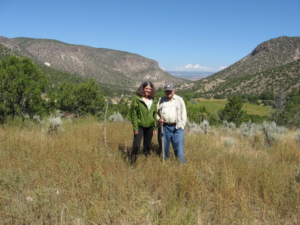
The Trust’s Senior Lands Specialist Aimee Rutledge with Karl Bode at Frijoles Springs
After considering 15-20 other conservation organizations across the country, the Trust had the honor of being chosen to be part of Karl’s legacy to protect his 57-acre Frijoles Spring property. Upon his death, he left the property, which adjoins the Arroyo de los Frijoles Inventoried Roadless Area, to the Trust with the goal of transferring it to public ownership. This week Karl’s wishes were fulfilled when the property became part of Santa Fe National Forest.
While not designated wilderness, inventoried roadless areas (IRAs) are public lands with strong wilderness characteristics including, as the name suggests, connected habitat unencumbered by roads. An inholding within the 5,275-acre Arroyo de los Frijoles IRA, the Frijoles Spring property is a mix of piñon pine, open meadows, wetlands, and an important year-round water source in the arid landscape. In acquiring and transferring the property we also protected a water right that dates back to 1906, and public access on a trail running through it. Thanks to Karl’s forward-thinking and passion for community and conservation, these lands will remain undeveloped and open for future generations of wildlife and people to enjoy.
